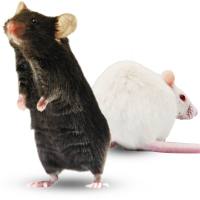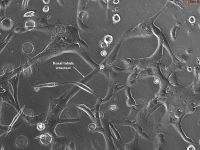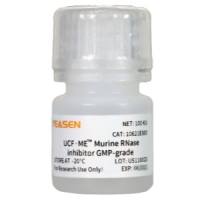Murine Model of Peritoneal Adhesion Formation
互联网
385
The lining of the organs within the peritoneal cavity consists of a single layer of mesothelial cells with a minimum of underlying connective tissue. This same cellular structure covers the luminal surface of the abdominal wall musculature. Together these mesothelial layers serve as a smooth surface, which allows the organs to glide freely within the peritoneal cavity. Damage to the mesothelial lining, as occurs during abdominal surgery (1 ), results in the exposure of the underlying connective tissue. Leukocytes resident within the peritoneal cavity, as well as those within the circulatory system, are recruited to such sites of exposed connective tissue. There, the leukocytes secrete a host of inflammatory mediators and cytokines. If the damage to the mesothelium is great enough, a cascade of events can be triggered that can ultimately lead to proliferation of fibroblasts and the deposition of large amounts of connective tissue, via the process of fibrogenesis. In extreme cases, thick bands of connective tissue can tighten around internal organs, restricting their function and causing irreversible damage. The deposition of connective tissue in the peritoneal cavity, called peritoneal adhesion formation, can cause severe abdominal pain, infertility, bowel obstruction, and death (1 ).









